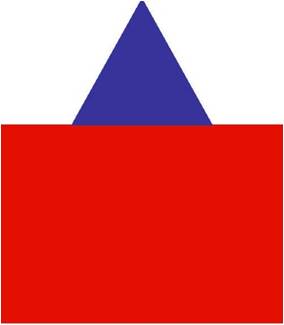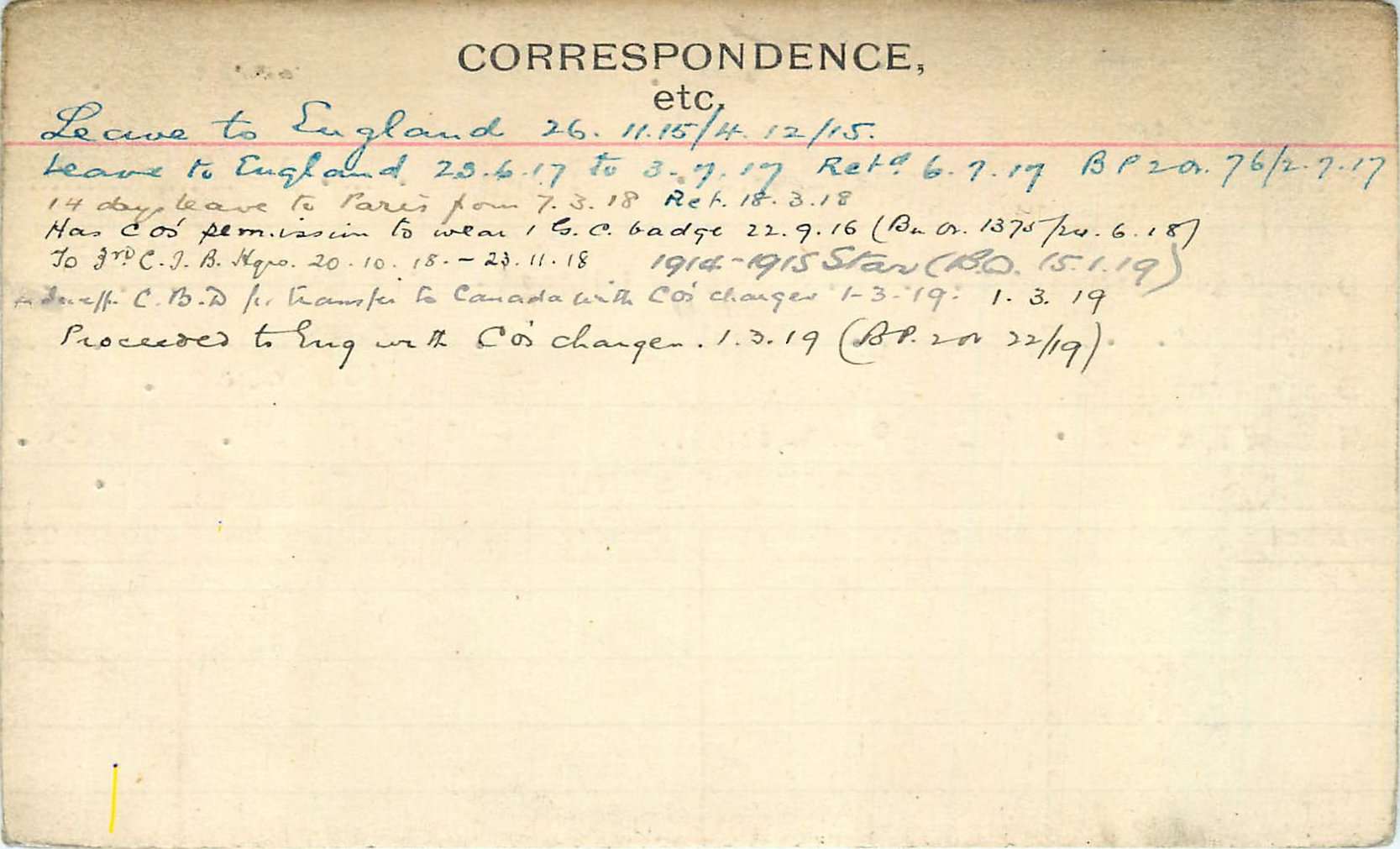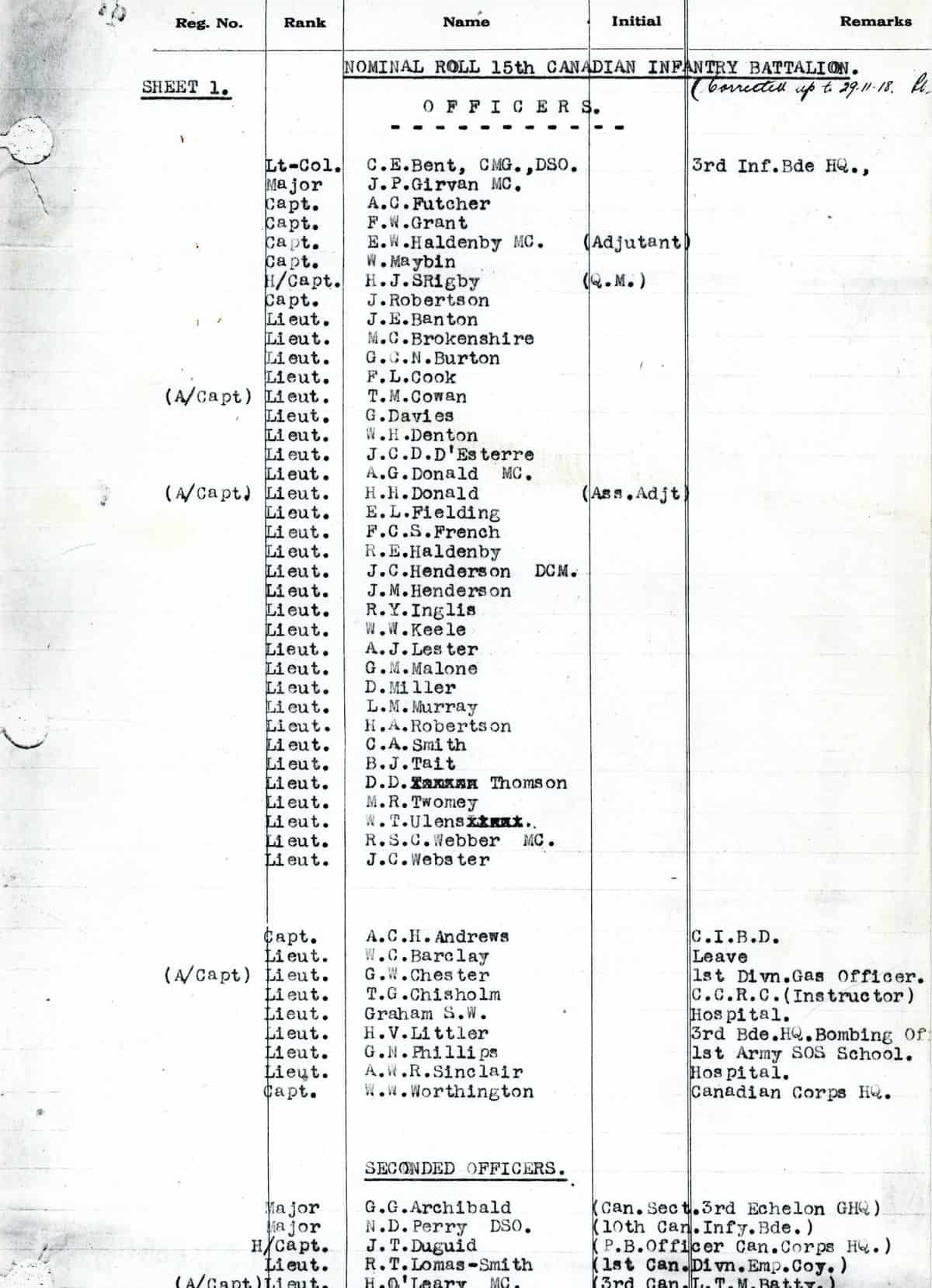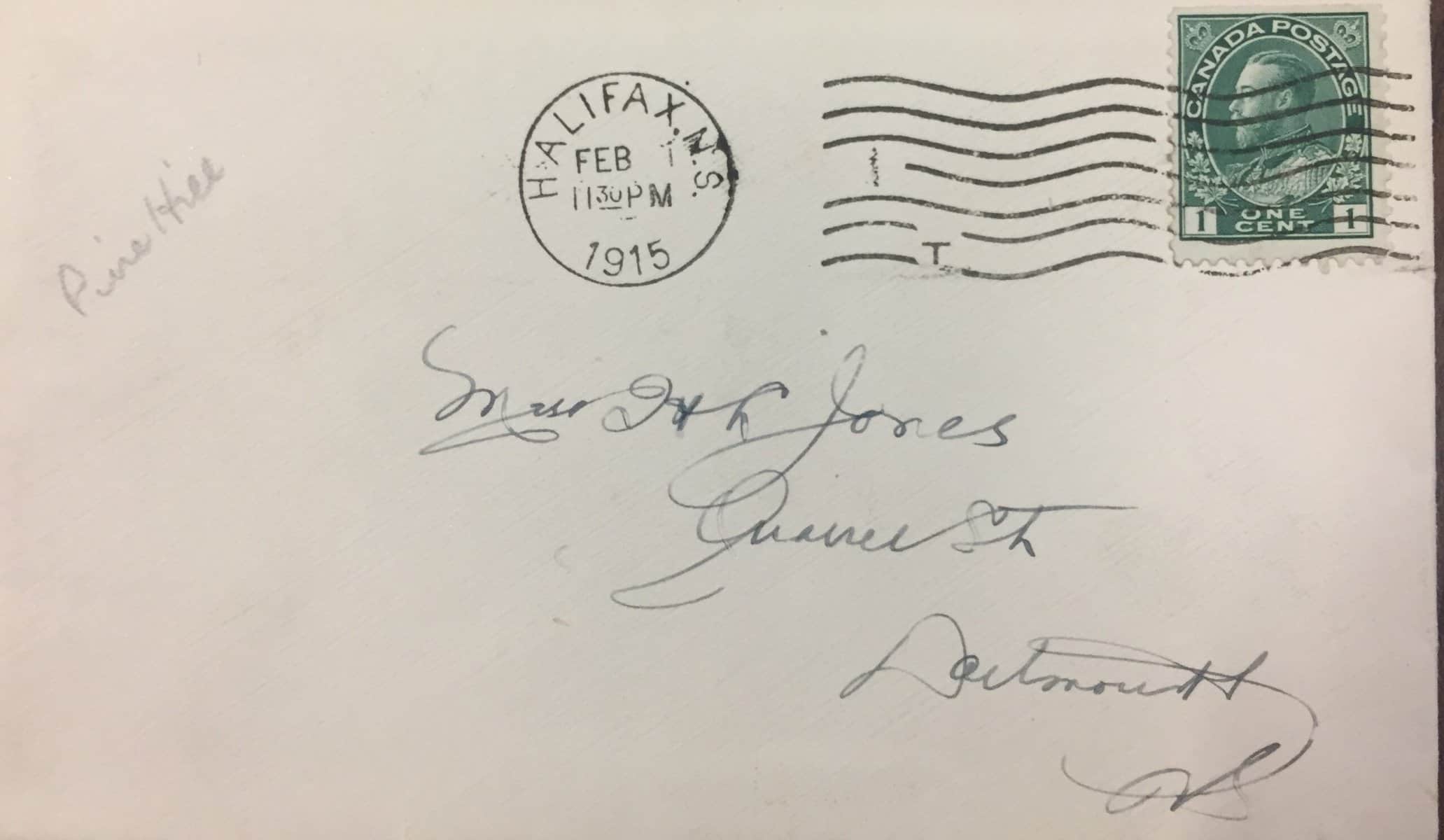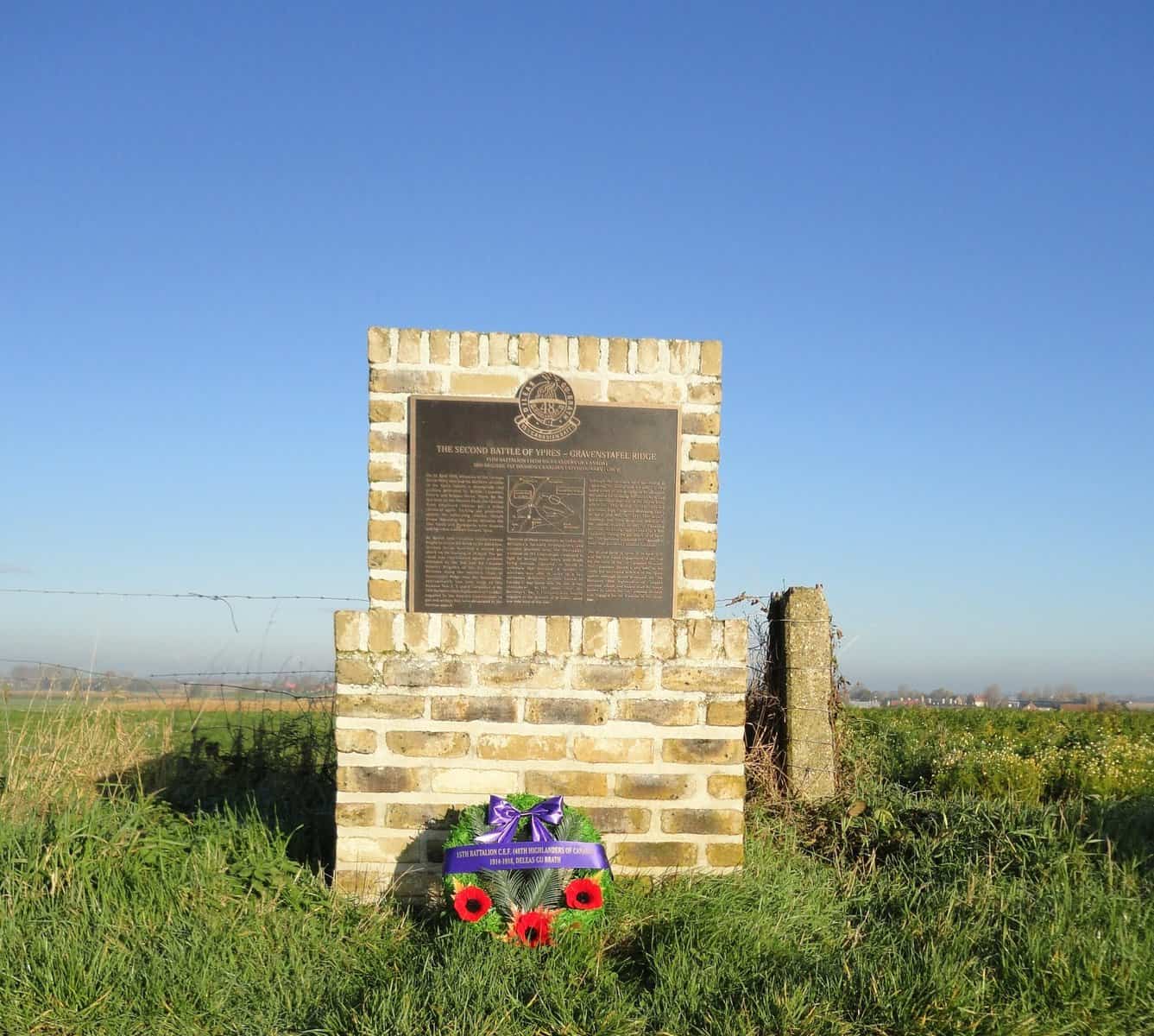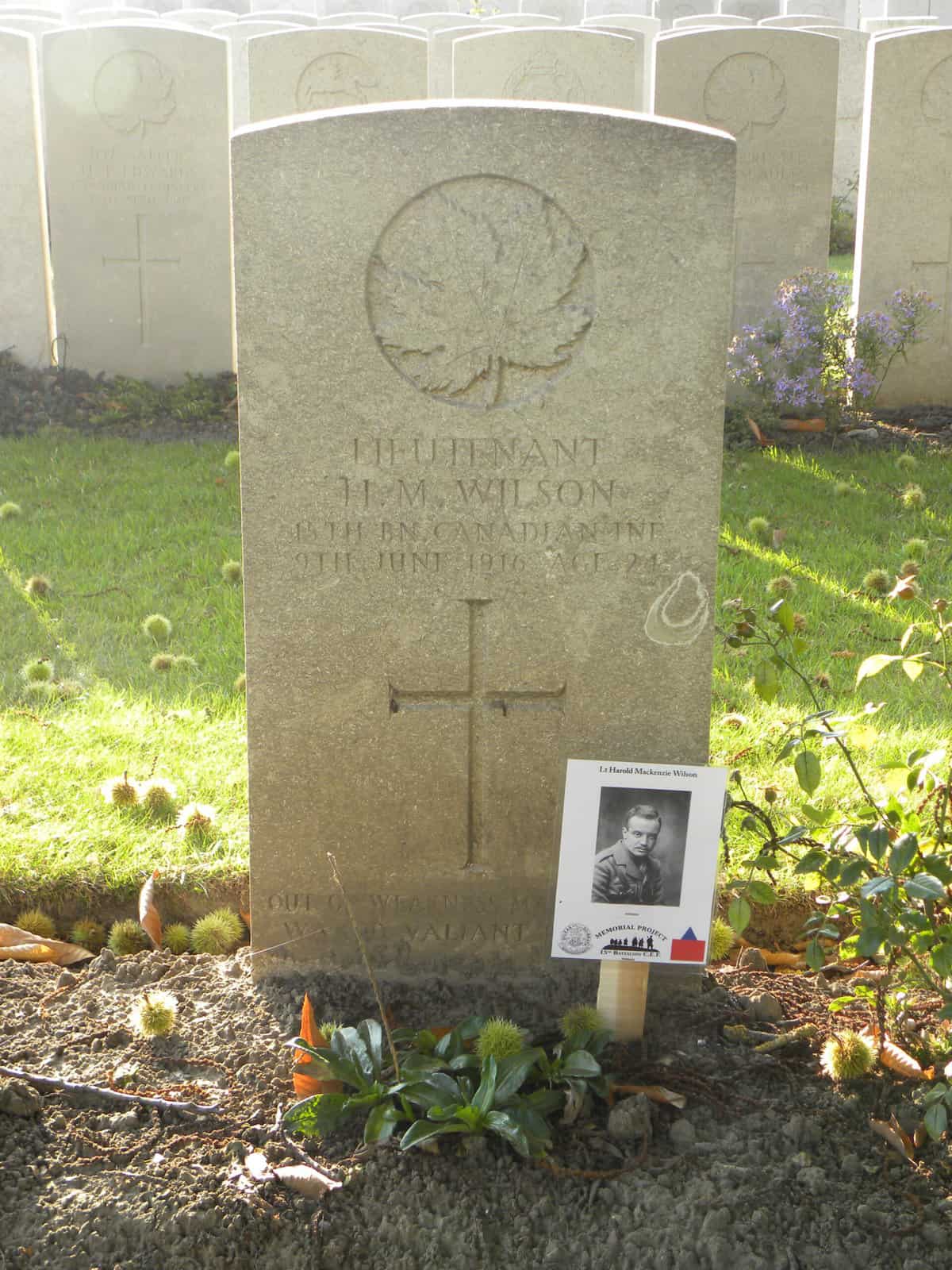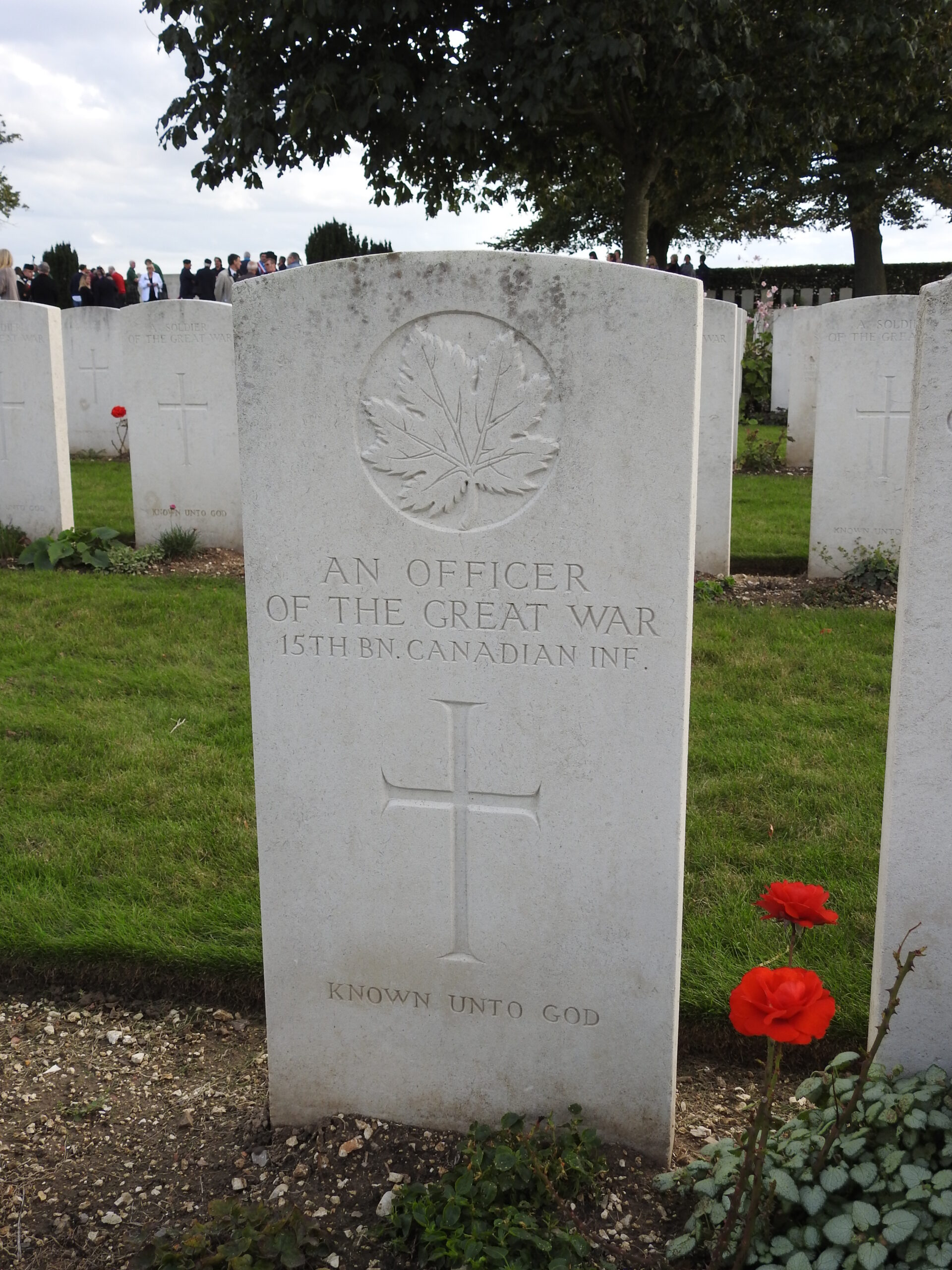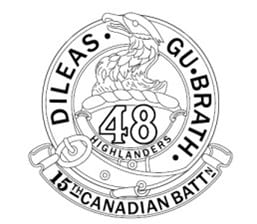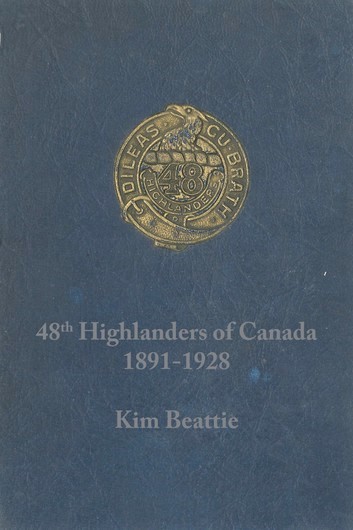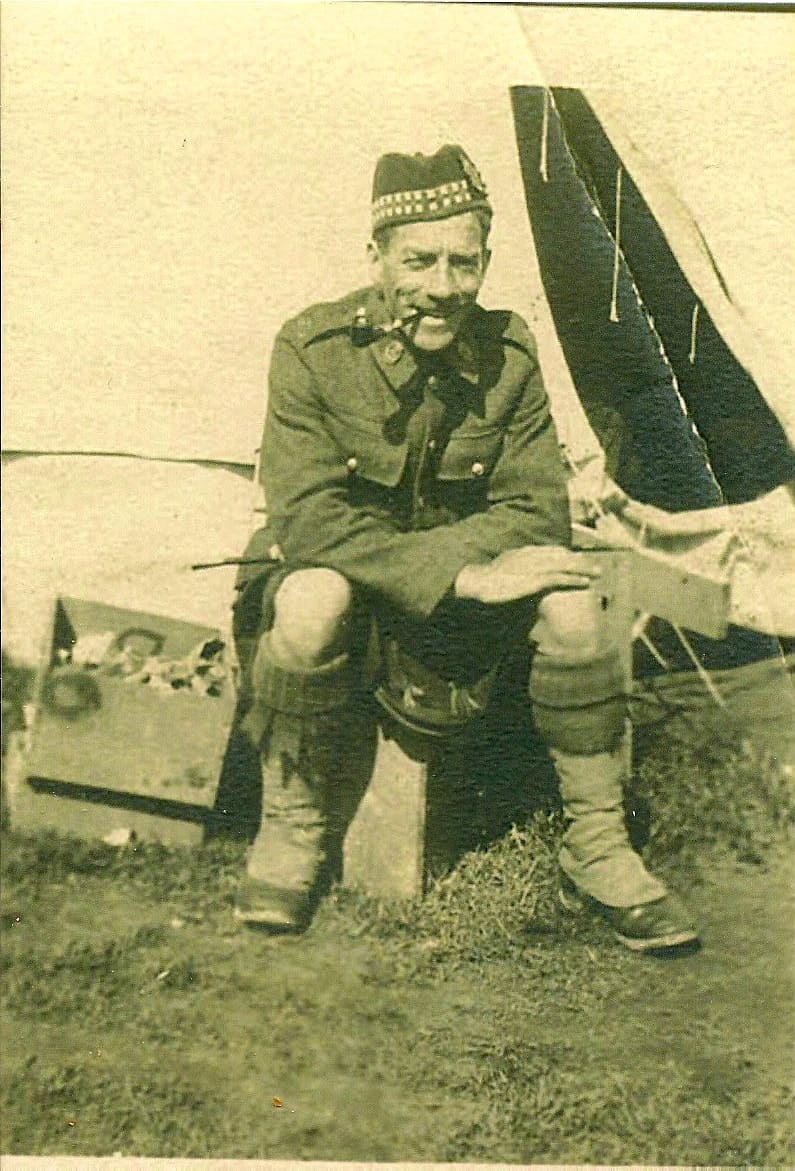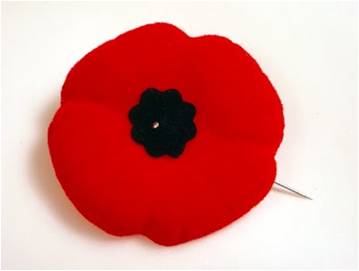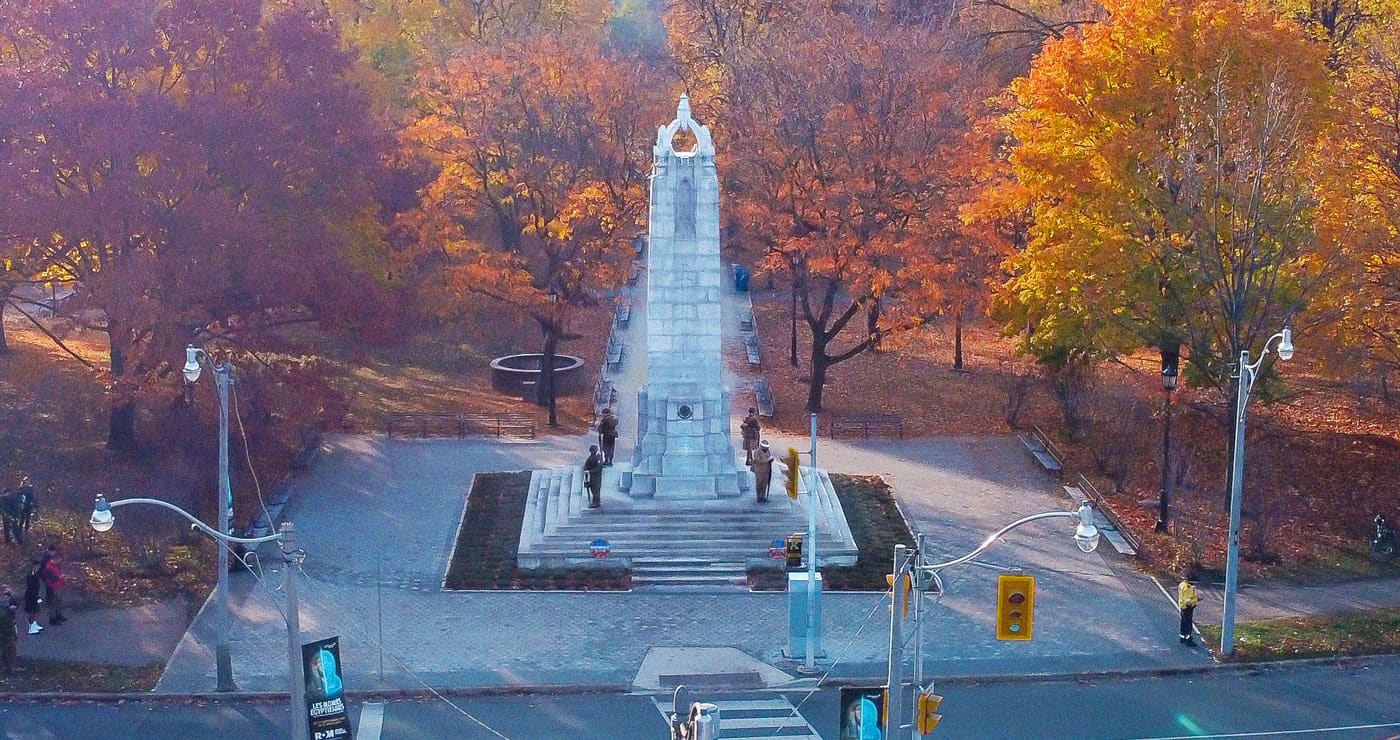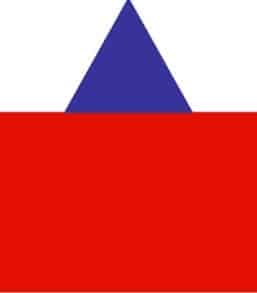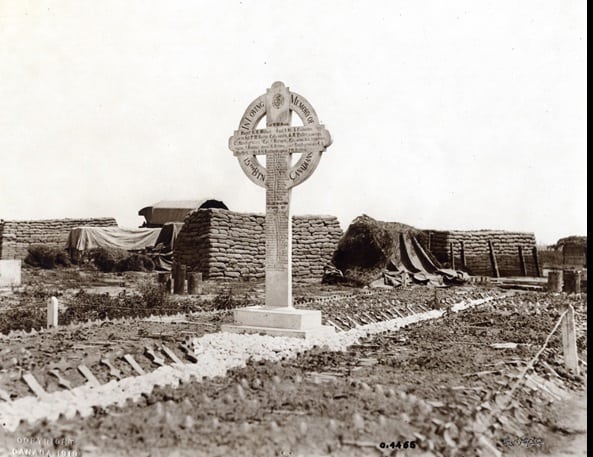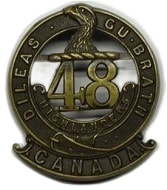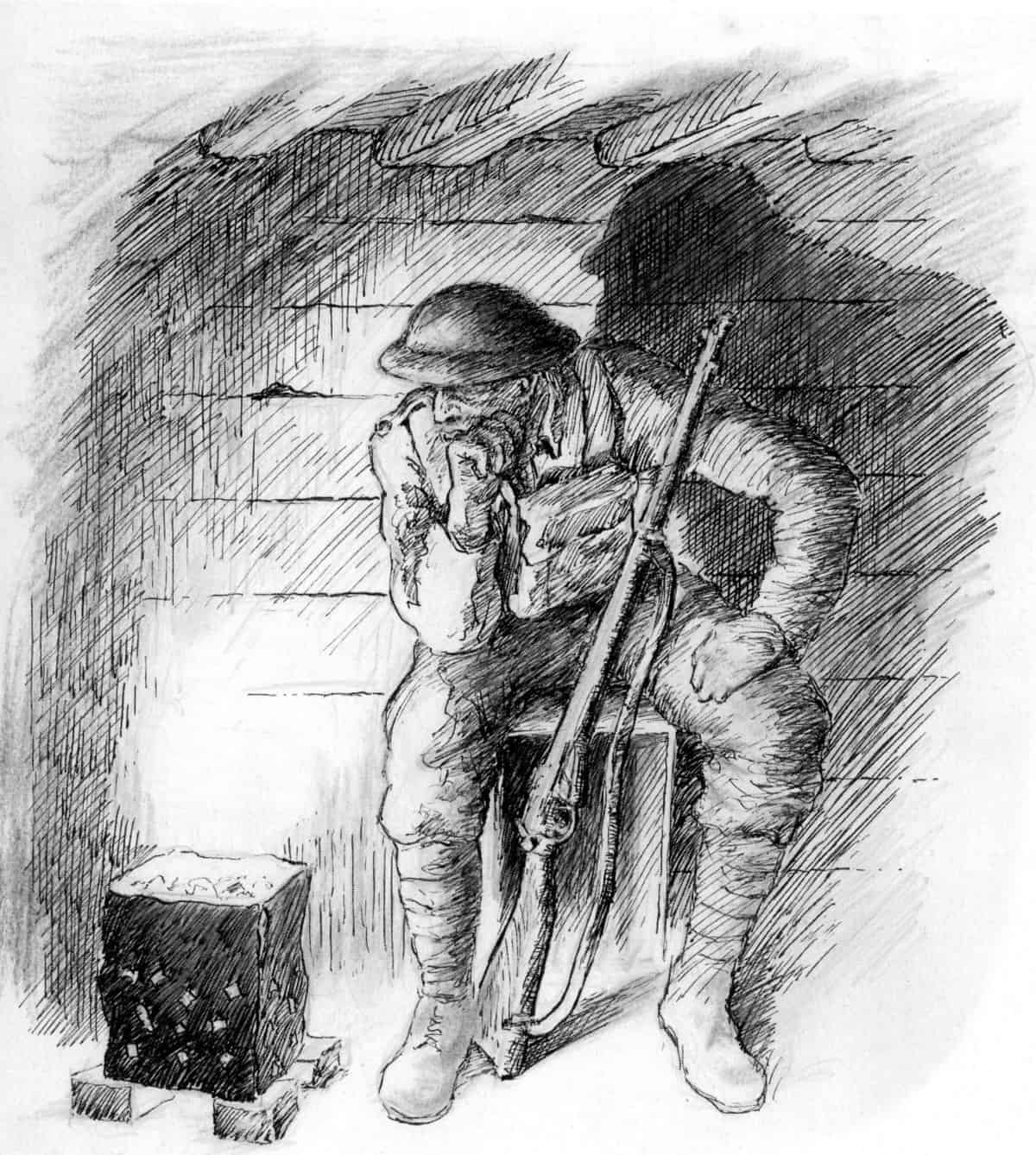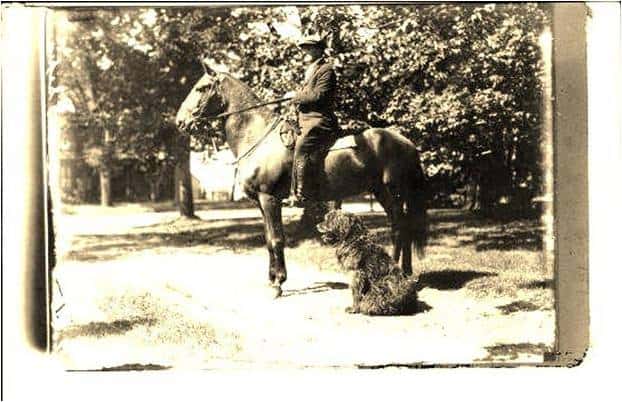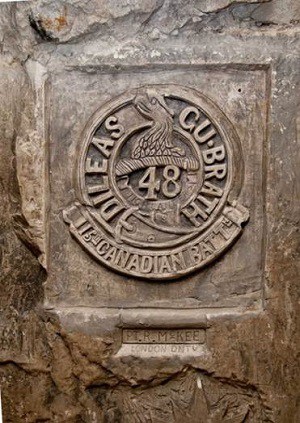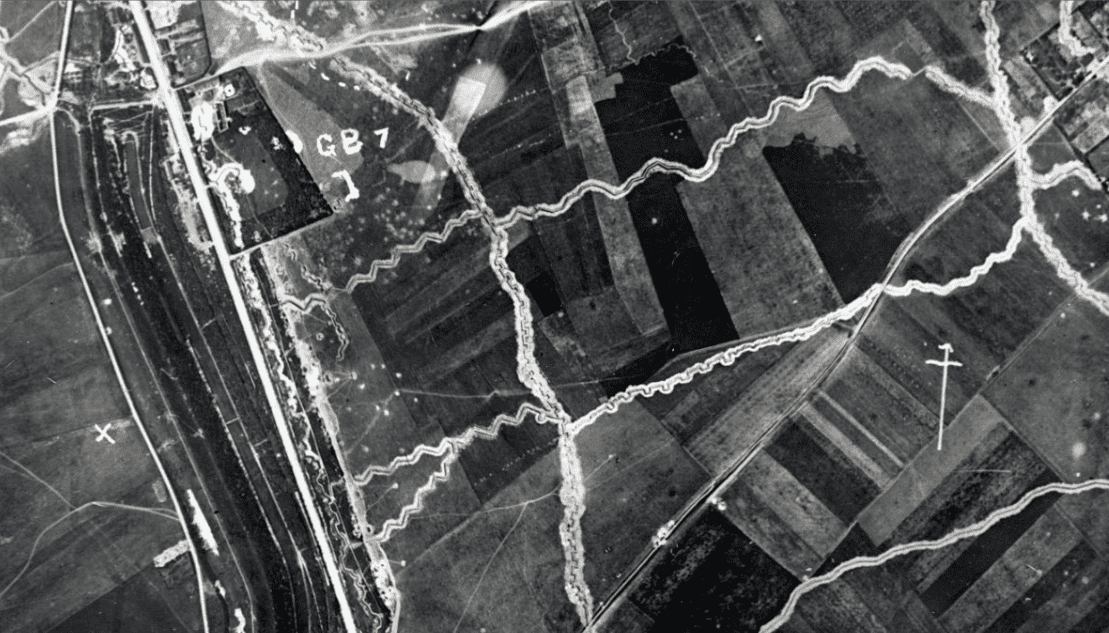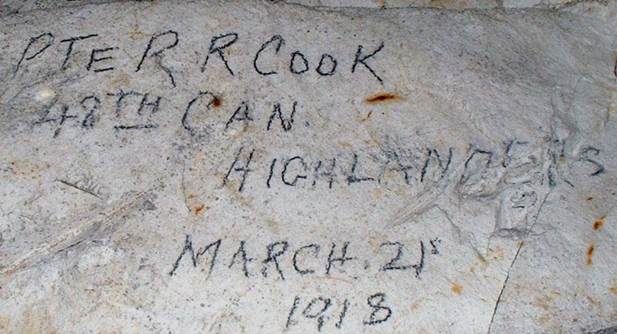The chalk areas of northern France contain numerous underground quarries (carrières) from which, since Roman times, stone has been extracted for buildings. At depths of between ten and twenty metres firm chalk can be ‘slabbed’ away and easily cut into suitably sized blocks. On exposure to air these harden into a soft limestone. Away from the former battle areas, where reconstruction was done with brick, the visitor to northern France can readily observe that many churches and the older buildings are made from chalk.
Close to the front lines, these souterrains offered potential as extended dugouts or concealed and secure barracks for troops, headquarters locations and storage accommodation. The engineers on both sides sought them out. In the plain immediately west of Vimy Ridge and south of Notre Dame de Lorette there are at least eight souterraines that were brought into use during the Great War. Several were initially occupied by the Germans and were the scene of bitter fighting in the 1915 Battles of the Artois as the French drove the Germans back onto the heights of Vimy Ridge. In Neuville St Vaast it is said that the souterrains were interconnected and in turn linked to the cellars of houses in the village.
A good book about the souterrains is: The Underground War: Vimy Ridge to Arras – Kindle (amazon.ca)
Click a heading or an image below to learn more
Many soldiers from the 15th battalion were employed to develop and expand these tunnels.

